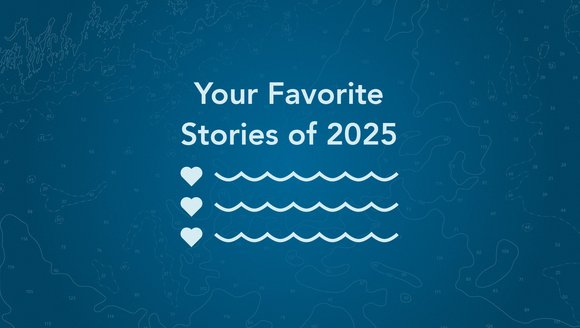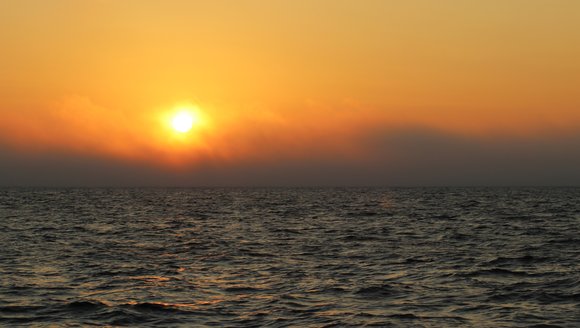Gulf of Maine, Explained: Anadromous Fish
Gulf of Maine, Explained | Jul 31, 2017
The alewife run is one of the Gulf of Maine’s most awe-inspiring seasonal events. Every year, our rivers pulse and shimmer from bank to bank as they fill with these small anadromous fish. There to meet them are the many predators — birds, fish, and mammals alike — that depend on this annual run as a vital source of food in springtime.
Also there to greet the alewives is GMRI Research Associate Zachary Whitener, who collects samples each year as part of his work in Dr. Lisa Kerr’s Fisheries Ecology Lab.
Zach has a real passion for anadromous fish — especially alewives. Over the years, countless strangers have stopped to ask him about his cast-net and bucket of fish, and he’s always happy to oblige with an explanation.
During these interactions, however, he’s noticed something: not many people know what the word anadromous means. In this short video, Zach quickly explains what it means to be anadromous, as well as the crucial role these fish play in the ecosystem.
Gulf of Maine, Explained
In our video series, The Gulf of Maine, Explained, you’ll learn more about important-but-unfamiliar concepts related to our work. We’ll cover commercial fishing, fisheries research, sustainable seafood, education, and more. While we probably won’t answer all your questions in one short video, we hope to spark your curiosity about complicated issues that are central to our mission.



